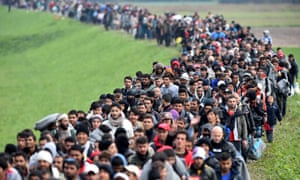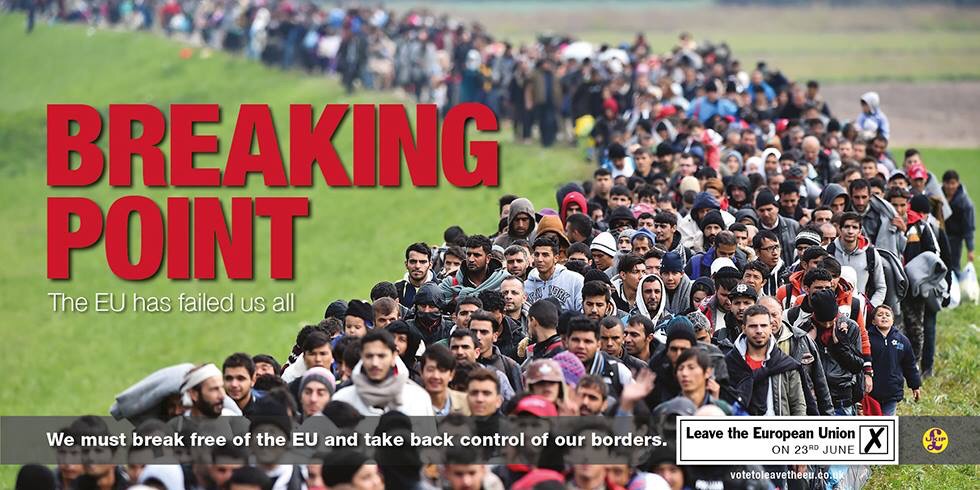Accessed 1/3/17
So everything around us has been turned into a never ending stream of disparate objectified images being fired at us from a myriad of sources. Faced with this fact it would seem to be extremely difficult to be original, or at least to produce an original image.
Untitled K Darling-Finan 2017
Is this original? What does it say? Whats going on? Is anything going on? Quite obviously an image of a horse's hoof. We are all au fait with horse's hooves, but where was it? Where had it been? Where was it going? Was anybody riding it? To illustrate this further,
Cindy Sherman, Untitled Film Still, 1978 accessed at http://art134.blogspot.co.uk/2007/12/post-modern-photography-idea-before.html 1/3/17
We are all aware of cityscapes. Cindy Sherman creates an image here with post-modern attributes. Firstly it is enigmatic we have to create it's story ourselves, it is untitled. Secondly it has cinematic properties, indeed it is called Untitled Film Still. What film could this have been? Did it exist at all? Thirdly and most importantly (to me at least), is it's obscurity, it's denial of convention. The image is given a name which leads us down a path. How would we interpret this image without that prompt?
That brings me to the reason for this upload. I am increasingly drawn to the post-modern in my own practice. The concept of The death of the author as written about by Roland Barthes which revolves around the denial of description, or at least the denial of ego, almost the negation of ownership of any creative work. Leaving personality aside and leaving the reader, watcher or listener to construct the narrative in it's purest form, without reference to the authors age, personality ethnicity or belief. Therefore in my practice I am now deliberately not titling my work in an effort to force the viewer to construct their own story based on what they are looking at.
I am embracing this post-modern ideal as I believe it is a way to show true originality. The image above has no title. There is nobody visible in it. Not a lot is happening but it is still possible to construct any number of narratives from it.















